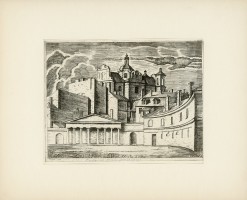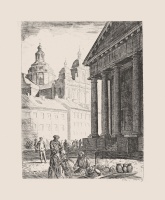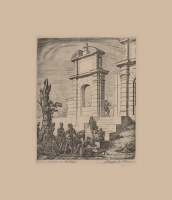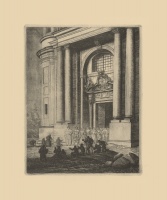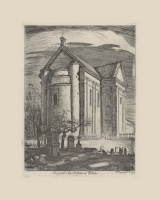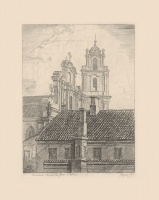
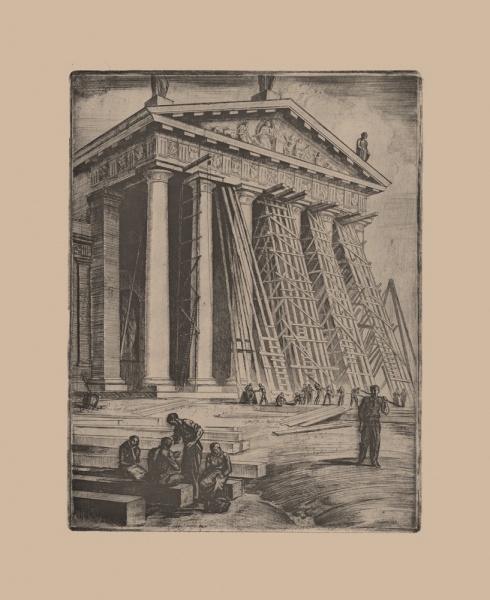

Vilnius Cathedral under repair
| Author: |
Jerzy Hoppen (1891–1969)  |
| Created: | 1933 |
| Material: | paper |
| Technique: | etching |
| Dimensions: | 43 × 34 cm |
| Signature: | J. Hoppen, 33 |
In April 1931, the River Neris burst its banks, and caused the greatest flood in the city’s history. Cathedral Square filled with water, it poured into the crypt of the Cathedral, fractures formed in the walls, and the condition of the building became dangerous. The specially established Committee to Rescue the Vilnius Basilica rallied to save it, and it was restored in 1932 and 1933. Hoppen, who was keen to promote the heritage of Vilnius, became involved in the activities for the Cathedral’s preservation, and made several etchings to mark the events. In one, he recorded a scene that was unusual to residents of the city, showing the building covered in scaffolding while the portico was being reinforced with concrete beams.
Text author Laima Laučkaitė
Not only was Vilnius Cathedral the most important church in the diocese and the capital of the Grand Duchy of Lithuania, it was also a pantheon of prominent nobles who served the state. Thus, the cathedral performed partly a religious and partly a political function. As early as 1535, at the initiative of Queen Bona Sforza, a marble monument to Vytautas was put up there (it was probably destroyed in the 17th century when Moscow’s troops seized Vilnius). In 1930, the 500th anniversary of the death of Vytautas the Great, there were hopes that his remains might be found in the crypt of the cathedral. Although a search did not produce any results, it revealed the poor condition of the foundations and the walls of the building. Preparatory repair work started, and was extended after the flood of 1931.
Despite causing a great deal of damage, the flooded Neris also brought good news for the people of Vilnius. During the work, the remains of members of the royal family, including Barbara Radziwiłł, were discovered. This was another reason to look back at history, and to consolidate the image of Vilnius as the capital and as a royal city.
In the interest of safety, and to respect the sacred nature of the site, the Royal Crypt and its relics were not accessible to the public, so works of art and photographs that captured this extraordinary discovery were exceptionally important. Images of the finds were published in the press, and prints of them were made. Travelling exhibitions were held in Vilnius and Warsaw. One of the artists entrusted with recording the research on the crypt was Jerzy Hoppen (1891–1969). He depicted both the royal remains and the repair work on the cathedral in his etchings.
Text authors Dovilė Barcytė and Ieva Burbaitė
Source: Law firm Valiunas Ellex art album VILNIUS. TOPOPHILIA II (2015). Compiler and author Laima Laučkaitė, KAUNAS–VILNIUS / 1918–1945 (2021). Compilers and text authors Dovilė Barcytė and Ieva BurbaitėExpositions: “Vilnius. Topophilia. Views of Vilnius from the collection of the law firm Ellex Valiunas”, 5 October – 26 November 2017, National Gallery of Art, Vilnius (curator Laima Laučkaitė); "1918-1945 / Kaunas-Vilnius", 27 August 2020 – 21 August 2021, Lithuanian Art Centre TARTLE (Užupio St. 40, Vilnius). Curators Dovilė Barcytė and Ieva Burbaitė.







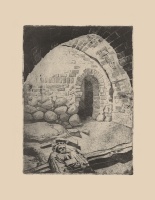
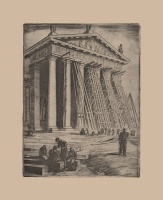
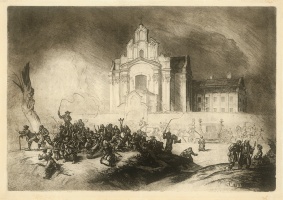
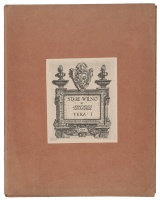
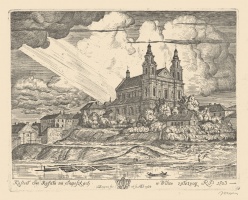
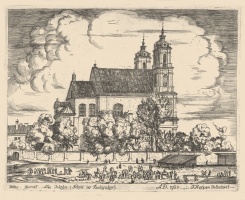
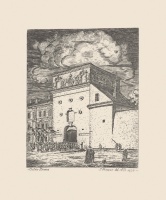
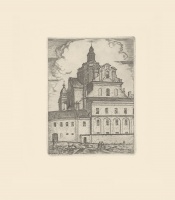
.jpg)
.jpg)
.jpg)
.jpg)
.jpg)
